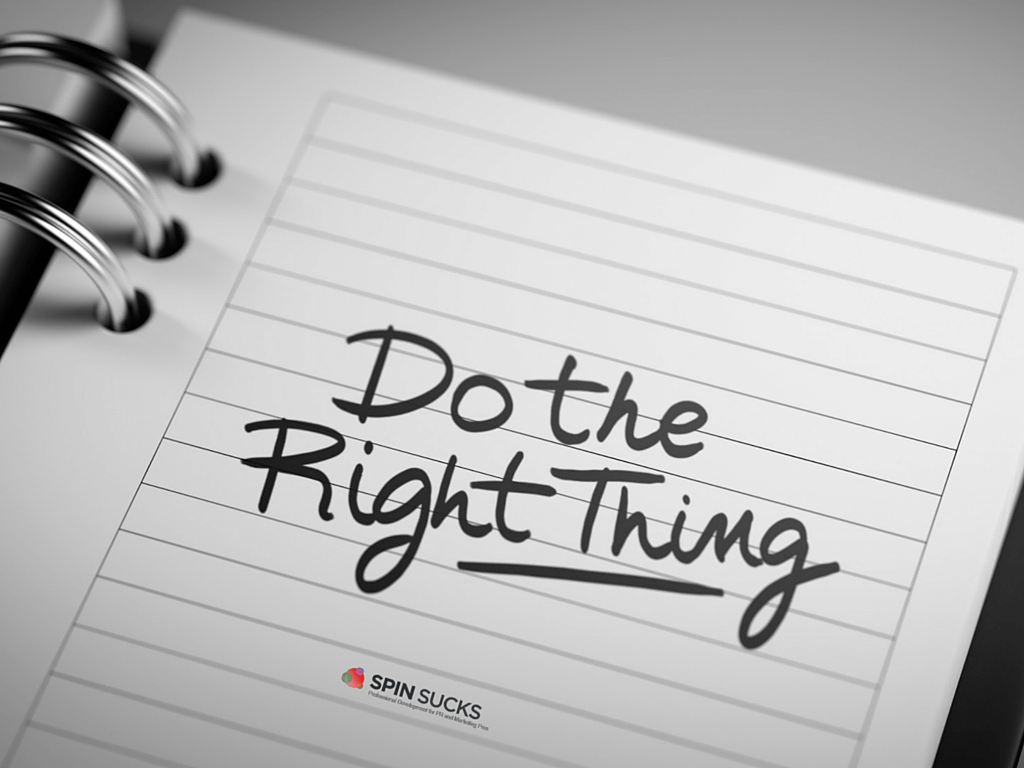
By Gerard Corbett
Much continues to be penned on the role of public relations and how the field has changed throughout the years. It is the subject of lively discussion as popular as “what came first the chicken or the egg.”
Everyone has an opinion on who is the lead dog in the race for hearts and minds in the reputation game in the 21st century. Is it PR, marketing, advertising or some other function? And what does 2016 hold for the field and for public relations pros?
Public relations, for the foreseeable future, is essential to building trust with people who have a vital stake in an organization’s operations and success.
It is critical to fulfilling an organization’s missions and responsibilities. Public relations is the conscious in the board room. And if you don’t believe that, fasten your seatbelt, the ride will be rocky.
The fact is PR is all about building and sustaining relationships.
Always has. Always will.
The demand for public relations professionals has never been better and 2016 will likely accelerate the need for folks who are, “Faster than a speeding bullet, more powerful than a locomotive and able to leap tall buildings in a single bound.”
Benchmarks of Successful PR Professionals
Here are some of the most powerful characteristics successful PR professionals will need to be going forward:
- PR professionals are activists, seeking to engage, enlighten, and energize an organization’s constituents. They are not gatekeepers between their companies and the media.
- PR professionals advocate not just for their organizations, but for their organization’s constituents and stakeholders. This adds the important role of presenting the stakeholder’s interests and views to management. It is all about representing all those with a stake and making them understand their inherent obligations.
- PR professionals are strategic content developers and storytellers, helping their organizations formulate key messages that resonate with stakeholders and are coherent with the corporate culture and nature of the organization.
- PR professionals help an organization build mutual trust by encouraging and fostering transparency and integrity throughout the organization.
- PR professionals are counselors who actively advise and guide organizations in honestly communicating and behaving in the best interests of society and its constituents such as customers, employees, shareholders, and the communities in which they operate.
- PR professionals are enablers and connectors, helping organizations stay grounded, stay human, and stay sensitive to the needs and desires of their communities.
In essence, the role of today’s public relations professional is akin to being the conscience of the organization, being ever vigilant to ensuring that the organization is “doing the right thing” and not just saying the right things.
What do you think are the benchmarks of successful PR professionals?